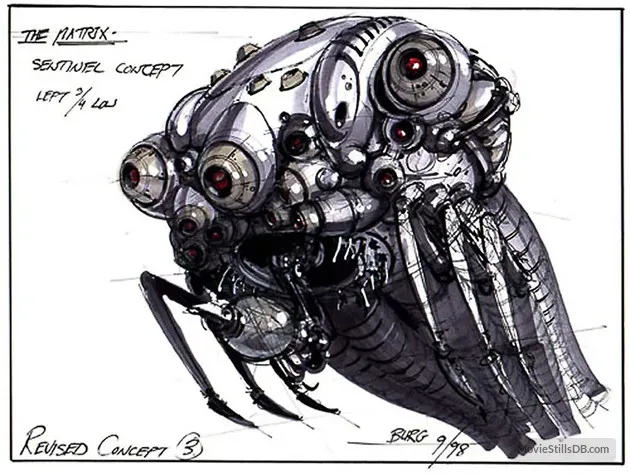The Matrix, a popular science fiction movie, depicts a dystopian future in which humans are living in a simulated reality, plugged into a machine that directly interfaces with their brains. But how close are we to achieving such a feat?
Neural interfacing, also known as brain-computer interface (BCI), involves using technology to connect the human brain directly to a computer or other device. The idea is to create a seamless connection between the brain and the virtual world, allowing users to interact with the virtual environment as if it were real.
Neural interfacing, also known as brain-computer interface (BCI), involves using technology to connect the human brain directly to a computer or other device. The idea is to create a seamless connection between the brain and the virtual world, allowing users to interact with the virtual environment as if it were real.
Currently, there are several types of neural interfaces available. One type involves placing electrodes on the scalp to detect brain activity, which can then be used to control a computer or other device. Another type involves implanting electrodes directly into the brain, allowing for more precise control and higher resolution of brain activity.
While current neural interfaces have made significant progress, there are still many technical and ethical challenges to overcome before we can achieve a Matrix-like interface. One major challenge is developing the technology to read and interpret the complex signals generated by the brain. The brain is an incredibly complex organ, and we still have a lot to learn about how it works.
Another challenge is developing a way to stimulate the brain in a way that feels natural and realistic. The brain has evolved to process sensory information in a particular way, and creating an artificial simulation that feels real and believable is no easy feat.
There are also ethical concerns to consider. For example, if we were able to create a realistic virtual reality, what impact would it have on our sense of self and our understanding of reality? Would we become addicted to the virtual world and lose touch with the real world?
Despite these challenges, there is still a great deal of research being done in the field of neural interfacing, and we are making progress every day. Already, there are applications of BCI technology in the medical field, such as allowing people with paralysis to control prosthetic limbs with their thoughts.
In conclusion, while we are not yet at the point where we can fully plug our brains into a virtual reality like in The Matrix, the concept of neural interfacing is becoming increasingly feasible.
As the technology continues to advance and we learn more about how the brain works, it's possible that we may one day be able to create a seamless connection between the brain and the virtual world.
However, we must also consider the ethical implications and make sure that we use this technology in a responsible and ethical way.



















0 comments:
Post a Comment